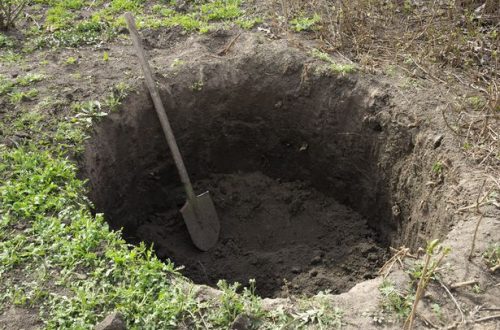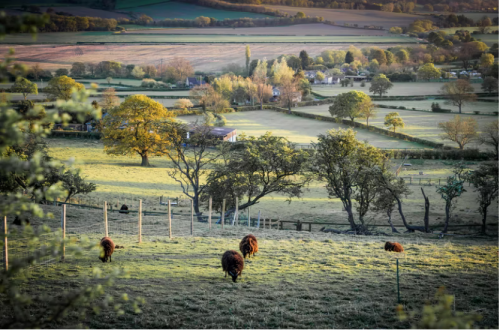This is a guest post by David Patrikarakos @dpatrikarakos
Over the past year, Lebanon has seen its government collapse and Hezbollah grow in influence. The country now faces its worst crisis since the 2006 war and many fear Lebanon may implode into civil war once more. The ‘Party of God’ has all the guns and now, seemingly, all the power. But with its main backers Iran and Syria under huge domestic and international pressure, the question is: for how long…?
A two-square-mile grid of central Beirut offers a clue to Lebanon’s troubles. Dominating the city’s western quarter, the Sunni Mohammad al-Amin Mosque casts a glow over the concrete expanse of Martyrs’ Square. About a mile south, through narrow streets, the Shia al-Hassanein Mosque rises up. Not far from here is the Druze temple, a glass and breeze-block building that looks like a public library, and on Mount Lebanon, the city’s snow-capped backdrop, stone crucifixes dot the skyline.
The country’s four main faith groups – Sunni, Shia, Druze and Maronite Christian – are imprinted on Beirut’s landscape, just as their conflict is imprinted on Lebanon’s history.
Over the past year, Lebanon has seen one government collapse while Hezbollah, backed by Iran and Syria, has grown in influence.
Many fear a new civil war as the country suffers its worst political crisis in a decade. The Arab spring that bloomed across the Middle East has yet directly to touch Lebanon, which has issues that are too entrenched and too complex to be resolved through the catharsis of a single revolutionary act.
Read more at the New Statesman


